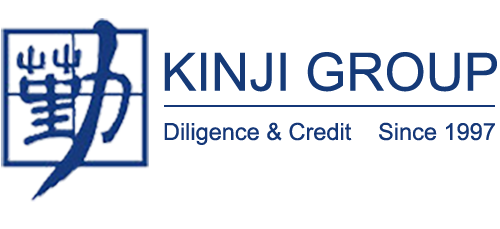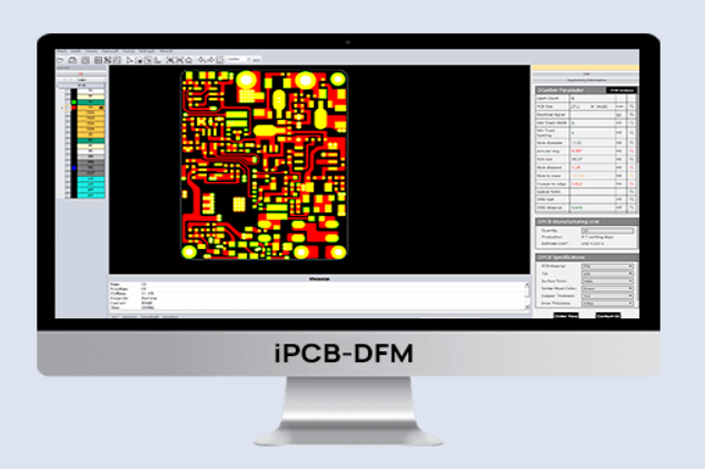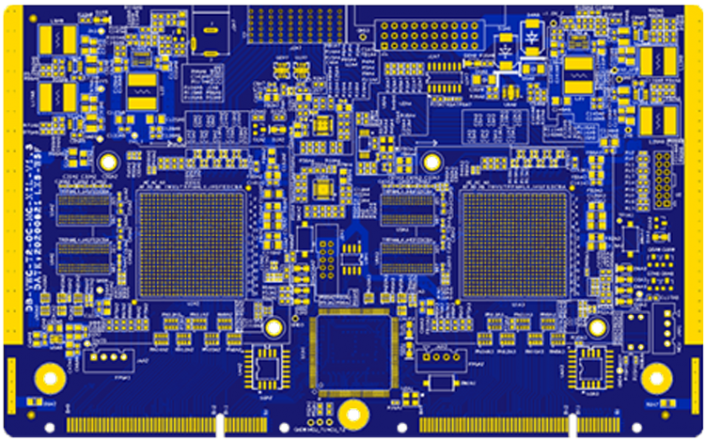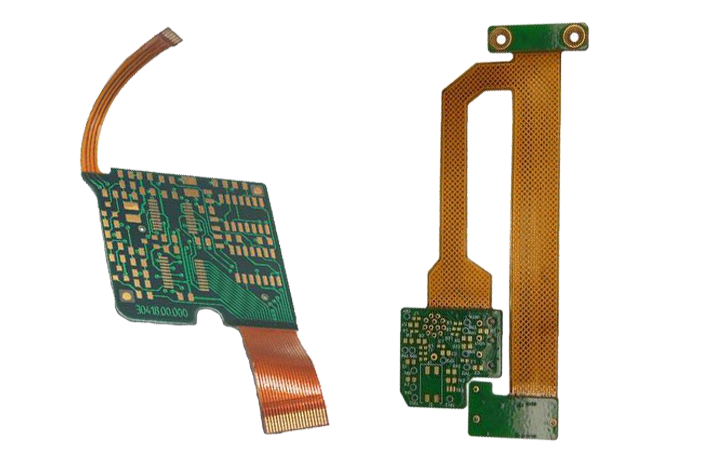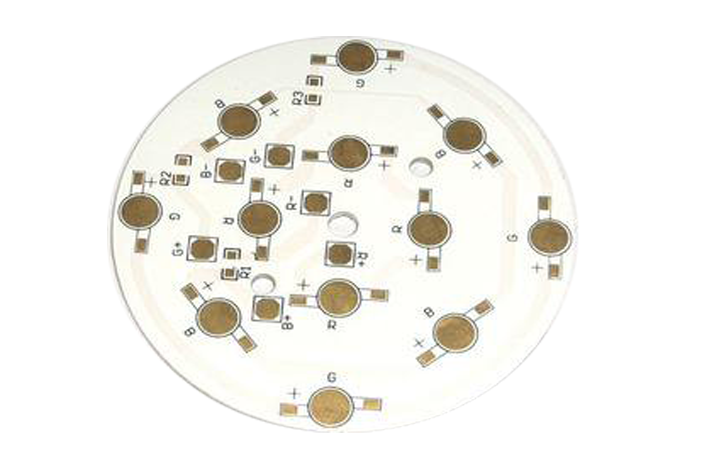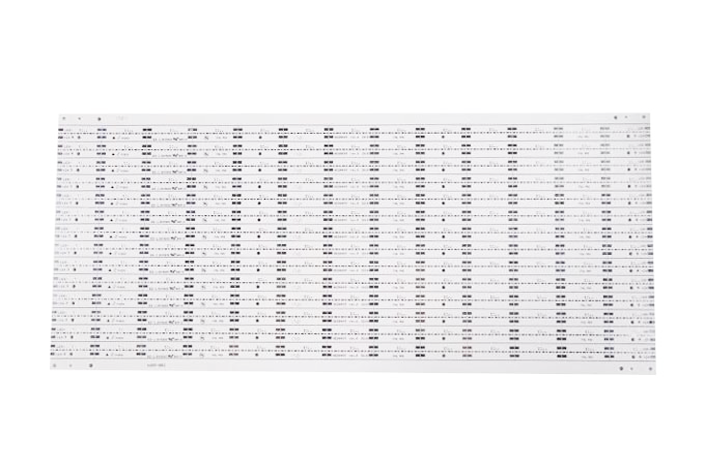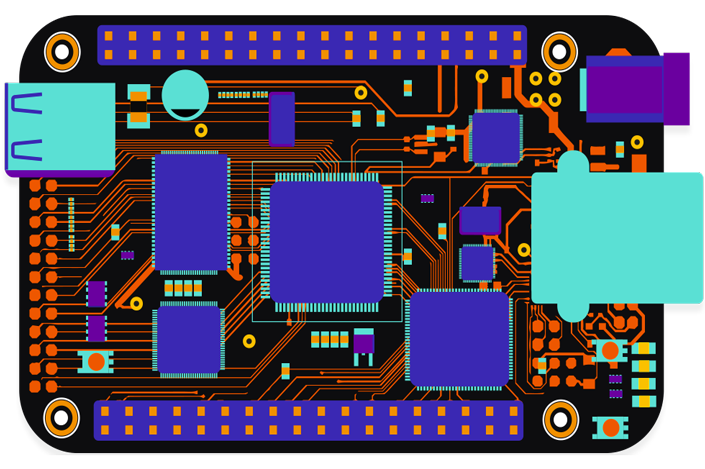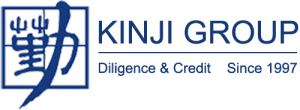Where are single sided pcb boards used?
July 11, 2022
PCB is a board used to electrically connect electronic components. Single sided PCB, also termed as single layer PCB, A Single Sided PCB is the most basic type of printed circuit board.
It consists of only one conductive copper layer above the substrate. The electrical components are soldered or mounted on to one side of the board and the entire etched circuit can be seen on the other side of the board.
Single sided PCBs are the start point of printed circuit board technology and still plays an important in electronic industry.
These PCBs are usually cheaper to manufacture and are an ideal choice for low density designs.
Single sided PCBs came into play in 1950s, manufactured in USA and still dominate the electronic market because of their simple design.
It was produced to give components mechanical strength and strong base with different pads and lines incorporated on it to electrically connect different components on the board.
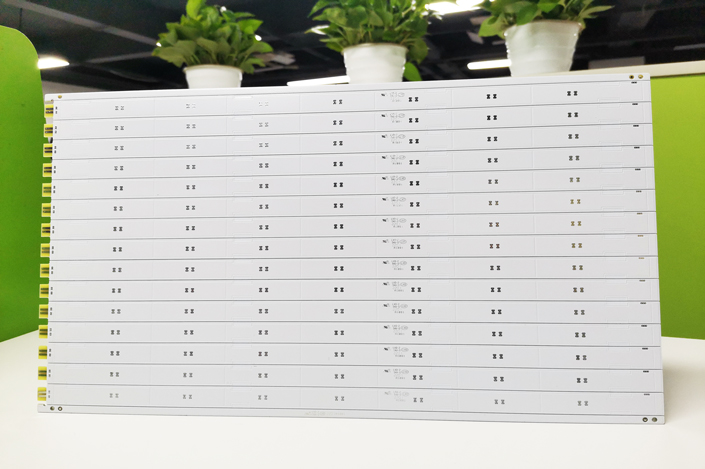
Single-sided circuit board category
22 f – 94 hb – 94 vo – CEM – 1 – CEM – 3 – FR – 4
94 hb: ordinary cardboard, do not fire (the most cheap material, punching mould, cannot do the power board)
94 where v0: flame retardant board (die punching)
22 f: single half glass fiber board (die punching)
CEM 1: single glass fiber board (usually computer drilling, also can die)
What is the difference between single and double sided PCB?
There are many differences between single-sided and double-sided printed circuit boards. Some of these differences include:
Power – Single sided PCBs are typically used in electrical items that do not need much power. However, their double sided counterparts are used to increase the substrate’s conducting power. The through-holes that exist on a double sided PCB are mounted on the top and bottom. In addition to this, they are connected through holes so that they remain attached.
Layers – Single sided printed circuit boards have a single layer of substrate. Double sided printed circuit boards have more than one layer, but fewer than multi-layer PCBs. Single sided boards have 3 main layers. These layers are assembled on the board and consist of a conductor material, silkscreen, and a solder mask. When it comes to a double sided PCB, there is a conductive path on both of the sides. Both of these sides consist of copper, a solder mask, and silkscreen.
Cost – The cost of single-sided printed circuit boards is often very cost-effective. This is thanks to their basic design and ease of manufacture. Double sided printed circuit boards have circuitry that is much more complex. This is because there is a lot more space to work with. As there is more space to work with, boards such as these are used for much more advanced electronics and some demanding applications. In addition to this, with the ability to use both sides of the PCB means the size of the circuit board is reduced. Double sided printed circuit boards can be less expensive than some PCBs thanks to the ability to add more components in a relatively small space.
Use – Single sided circuit boards tend to be used in low cost electronic items. However, double sided PCBs are often used in more complex items that require greater power and better protection against heat or fire. They are also used where there are demanding applications or advanced electronics.
How is a single sided PCB made?
Single-sided PCB production process
Single-sided PCB: Single CCL – cutting – washing, drying –drilling or punching – screen printing line anti-etched graphics or use dry – cured inspection repair panels – etched copper – to resist printed materials, dry – scrub, dry –screen printing solder graphics (common green oil), UV curing – Screen Printing character mark graphics, UV curing–preheating, punching and appearance – electrical open circuit test – – washing, drying – pre-coated anti-oxidant flux (dry) or HAL HASL – test package – finished product.
Single sided PCB advantages:
1.Simple and easy to design and install
2.Lower cost, High cost performance, suitable for large-volume orders
3.Easy drilling, soldering, de-soldering and components inserting process
4.Lower probability of manufacturing issues,such as short circuiting and producing noise
5.Components are installed at only one side, require lower jumper to compensate the circuit
6.Popular, common, and easily understood by most PCB manufacturers
7.Less time for fault tracing and repairing
Where are single sided pcb board used?
Single-sided PCB has a simple structure and is very easy to use. Basically, most equipment can be applied to single-sided PCB,
1. Automotive Relay
2. Computers and printers
3. LED lighting board
4. Radio and Stereo Equipment
5.Calculators
6.Camera Systems
7.Industrial and Automotive Relays
8.Solid State Drives
9.Power Supplies
10.Printers
…
If you want to do 1 layer PCB prototype or 2 layer PCB prototype, just send your Gerber files to pcbpartner.com, get 5$ off your first order.
